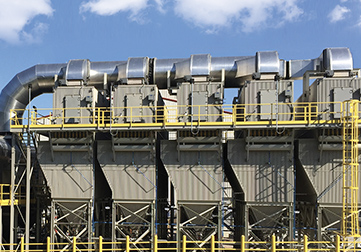Hot Gas Filtration for Particulate, Gases

UltraCat Catalytic Filtration Systems
Tri-Mer's state-of-the art system for removing particulate (PM), SO2, HCl, mercury and heavy metals at high temperatures up to 1650°F, in one single system. Simultaneously, the ceramic catalyst filters destroy NOx, organic HAPs, and dioxins. Systems can be configured for any combination of the pollutants.
This hot gas filtration system is completely dry, with no water consumption. Disposal of the dry collected waste is straightforward. Large gas flow volumes can also be accommodated. UltraCat also has an equipment module to simplify dry sorbent injection, SorbSaver.
Features & Benefits
Completely dry
with no water consumption
Widest
operation range from 300-1600º F
Highest levels of
NOx, particulate and SOx reduction
Service life
(avg.) for Tri-Mer ceramic filters
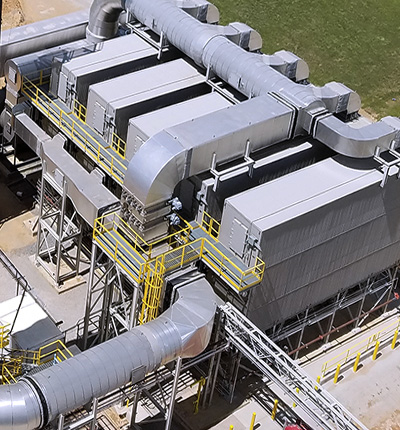
Treatment of Pollutants
NOx destruction over 90%. In addition to treating PM and acid gases, the catalyst filters have nanobits of NOx catalyst embedded throughout the filter walls. These filters provide effective NOx destruction using integrated aqua ammonia injection. Replaces conventional SCR.
NOx destruction takes place at lower temperatures than standard SCR big-block reactors that require 650°F. Ceramic Catalyst filters show good destruction as low as 350°F and over 90% at 400°F for most applications. Equally effective at higher temperatures up to 750°F.
- Particulate (PM) is removed to ultra-low levels (<2 mg/Nm3, 0.001 grains/dscf) at temperatures up to 1650°F. Ceramic filters are highly effective on submicron PM: equal to fabric bags and better than ESP. The UltraCat System is an excellent replacement for spray dryer ESP.
- SO2, SO3, HCl, HF, and other acid gases treated at over 90% removal using integrated dry sorbent injection.
- Dioxins (up to 99%) and mercury can be removed within certain temperature ranges.
System Design
Modular design of the housing units allows filters to be configured to handle even large gas flow volumes. When large flow volumes are treated, modules (plenums) are put in parallel. A single module can be taken off-line if needed, and the remaining two or more modules continue to operate at a slightly higher pressure (designed into the fan) without interruption of the process itself and with no appreciable change in emission control performance.
Systems are manufactured to customer requirements in materials suited to the temperature of operation, including mild steel and stainless alloys. Systems range from small to 100,000 cfm.
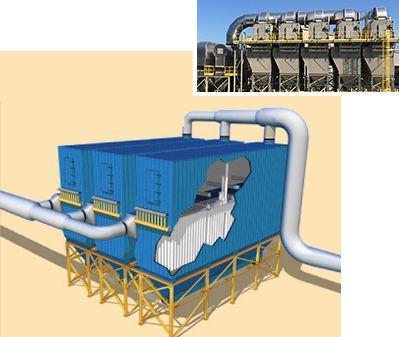
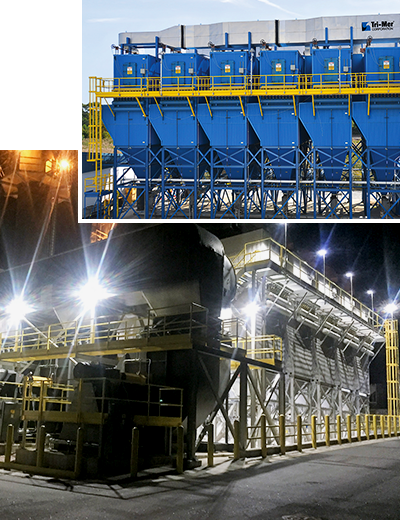
Applications
Tri-Mer UltraCat Catalytic Filter Systems are used for more than 400 applications worldwide:
- Battery Manufacturing
- Boiler MACT compliance for coal, biomass, wood
- Cement NESHAP for Organic HAPs, VOC
- Glass manufacturing for flat, container, tableware
- CIWSI MACT for incinerators, medical waste
- Diesel emissions for stationary ships at dock
- Metal smelting, mineral processing
- Carbon black production
- Fluidized beds
- Chemical production
- Soil cleaning
- Foundry processes
- Energy production
- Titanium dioxide production
- Catalyst manufacturing
- Platinum smelting
- Metal powder production
- Activated carbon production
Regulations
Tri-Mer hot gas filtration systems are compliant with these federal standards: Boiler MACT • CISWI MACT • Lime MACT 2 • HWC MACT • Cement NESHAP • Title V Compliance CARB Diesel Regs • EPA Glass Regs • EPA Ceramics Regs
Tri-Mer High Temperature Filtration Systems are a cost-effective solution to many pollution control issues.

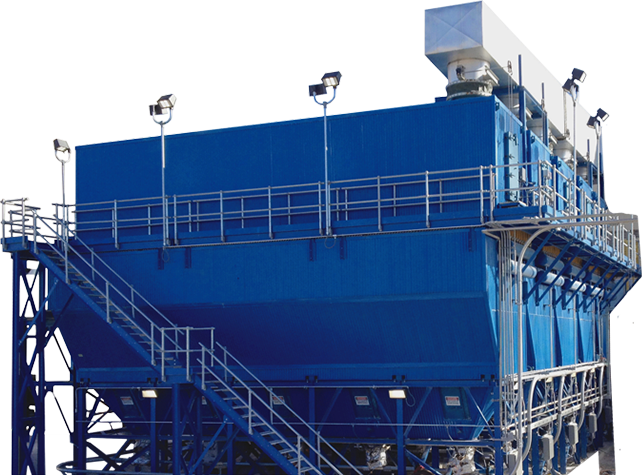

Replacement ceramic filters are a quick phone call (rather than a months-long boat ride) away. FLKCAT ceramic filters, exclusively from Tri-Mer Corp. are robust and self-supporting. They simultaneously control SO2, HCl, NOx and particulate, and can be adapted to handle mercury and dioxins as well. Learn more
Tri-Mer is the stocking distributor for ceramic filters in all common dimensions.
This form is the fastest way to get in touch with us.
A more detailed form, located here, will tell us what we need to generate a detailed quote.
